
Reliable Power Cable Screen Connections
Several severe and costly service failures have occurred in the last years in the Norwegian distribution network due to local overheating in power cables.

Several severe and costly service failures have occurred in the last years in the Norwegian distribution network due to local overheating in power cables.

In the ResMap project we will perform studies that will contribute to increased understanding of bacterial antibiotic resistance in Norwegian food production, in relation to consumption of poultry risk products and impacts on human health.

SOCRATIC is a project creating a platform for citizens and/or organisations to collaboratively do social innovation. The project develops a social innovation methodology along with supporting collaborative ICT system for supporting crowd based...
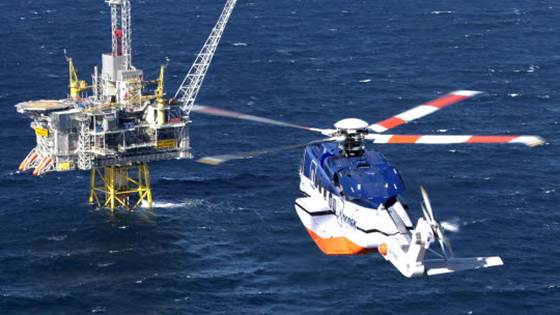
The petroleum companies in the Norwegian Oil and Gas Association has launched a new study to ensure that the Norwegian offshore industry remains world leading in helicopter safety. The HSS-3b report is now published.
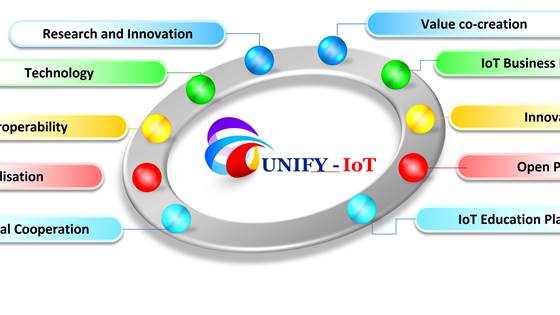
UNIFY-IoT drove the new collaborative IoT business models, market developments, and educational content to foster the European IoT digital economy from a global perspective by creating an interoperable and secure ecosystem of established and emerging...

What role can ICT play in supporting unemployed youth in finding and maintaining jobs?

Flexibility in the future smart distribution grid
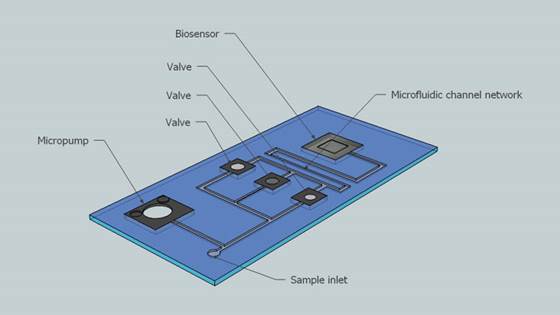
The objective of the project is to develop a new method for producing better and less expensive lab-on-a-chip systems, e.g. for medical diagnostics.
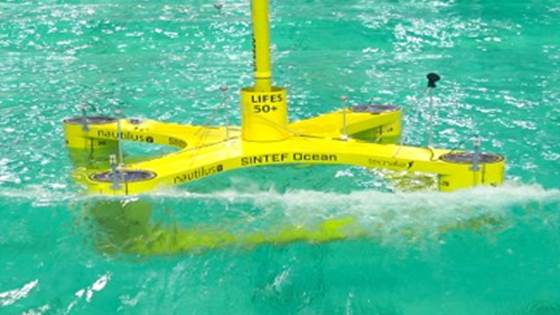
Innovative floating offshore wind energy. Qualification of innovative floating substructures for 10MW wind turbines and water depths greater than 50m.
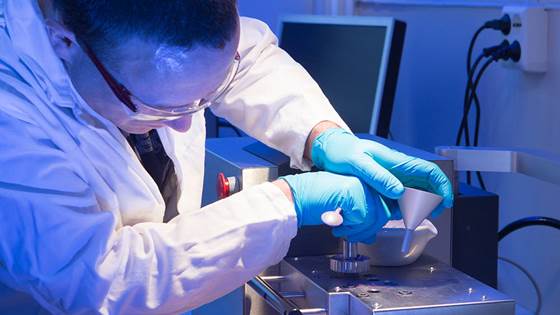
The aim of the ProDIA project is to develop a large volume production processes for hybrid nanoporous materials as finished products. Products that can be used in health care, industrial cooling systems, air purification and gas storage.
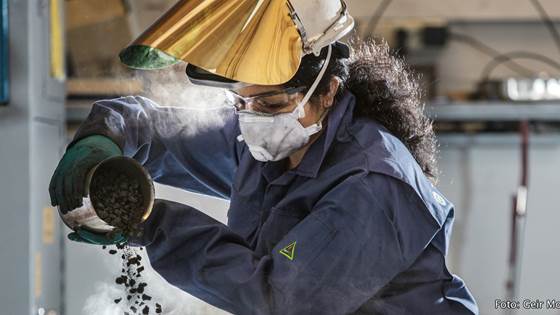
An interdisciplinary Centre for Research-based Innovation (SFI). Focus: During the next decades, the Norwegian metal industry will need to achieve even higher-quality output with more efficient use of materials and energy.

Trondheim municipality, Unit for mental health and substance abuse, and Nidaros DPS at St. Olav's Hospital, will create better services for young people with minor mental disorders - a growing group of patients.
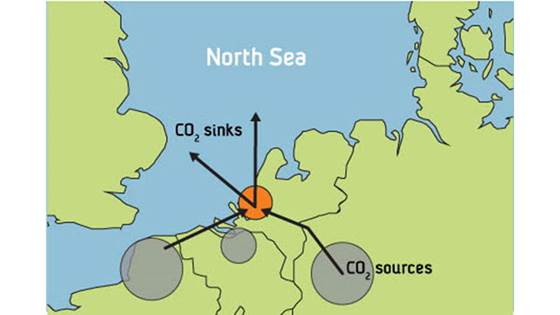
Accelerating a shift towards deployment of CCS in Europe through a cross-border CO2 transport infrastructure
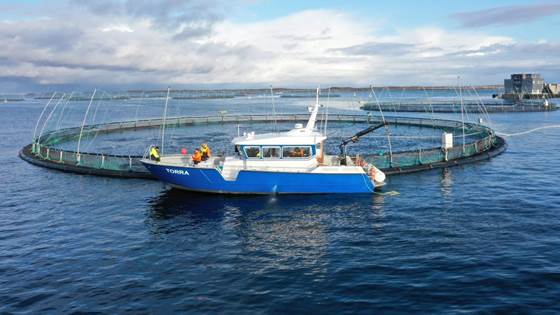
AQUAEXCEL2020 aims to offer services tailored to the needs of the European aquaculture community and support and conduct world-class aquaculture research.
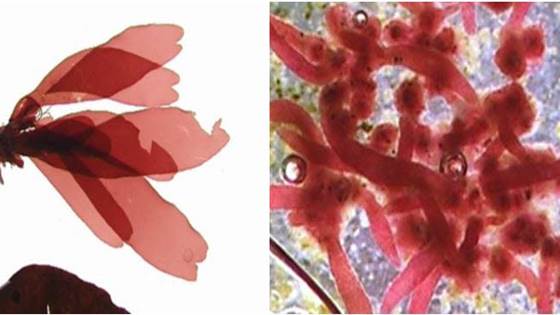
The red algae Dulse is demanded for use in food and in this project we will adjust cultivation methods for this nutritious and tasty seaweed species.
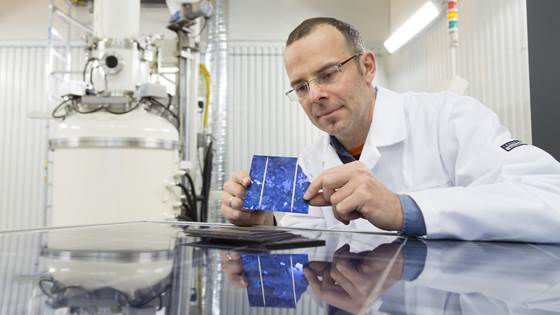
EcoSolar envisions an integrated value chain to manufacture and implement solar panels in the most ecologic way by maximising resource efficiency, taking into account reuse of materials during production and repurposing solar panel components at end...
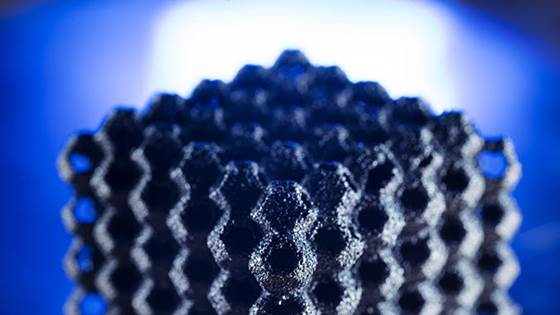
The main objective of the PRINTCR3DIT project is to implement a methodology to integrate 3D printing in the advanced design, modelling and manufacture of structured catalysts and catalytic reactors with significant cost reductions, access to new...
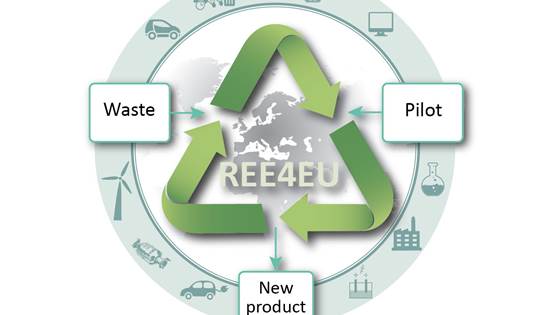
The main goal of REE4EU is to realize a breakthrough in securing the availability of rare earth elements in Europe, providing for the first time a cost effective and efficient method of extraction and direct Rare Earth Alloys production route from...